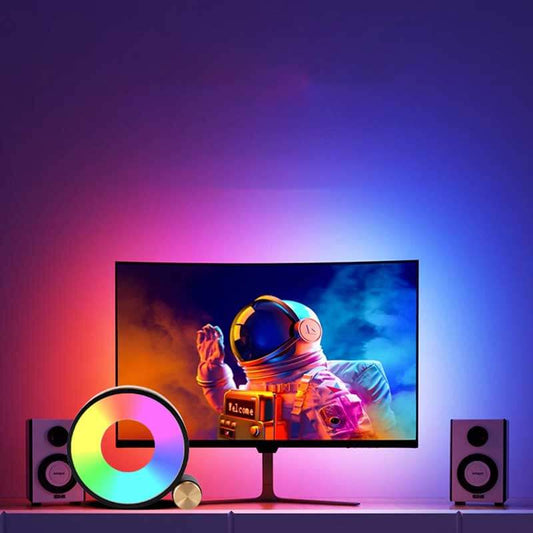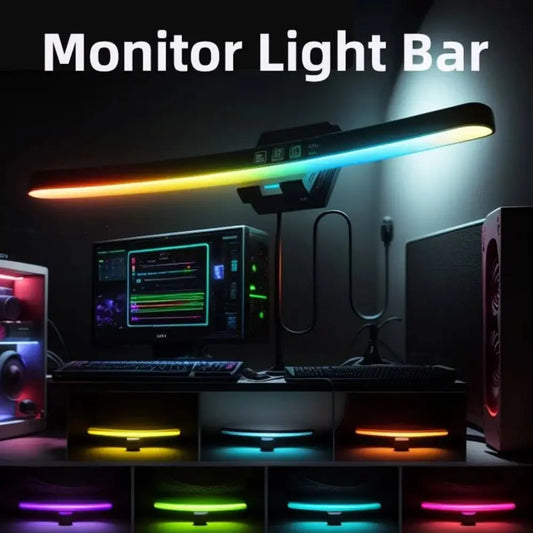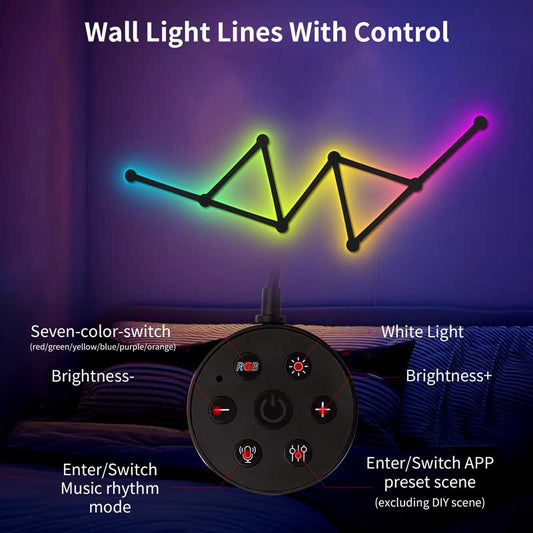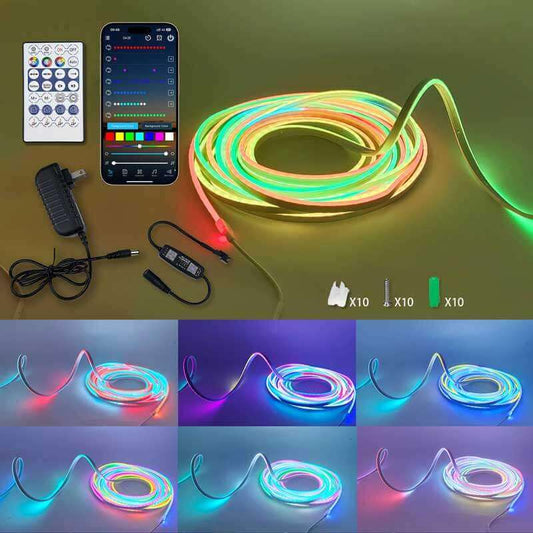Does PC RGB use more power?
Partager
Yes, PC RGB lighting can use more power than standard non-RGB components, though the increase in power consumption is generally modest. Here's a breakdown of how RGB impacts your PC's power usage:
1. RGB Lighting Components:
- LED Lights: RGB lights are powered by LEDs, which are relatively energy-efficient. However, when you add multiple RGB components (like RGB RAM, fans, keyboards, mice, and strips), the combined power consumption can be higher than using basic non-RGB versions of these components.
- Power Draw: On average, each RGB LED can draw around 0.06 to 0.12 watts per LED, depending on its brightness and color settings. This power consumption is fairly low individually, but with many RGB elements in your system, it adds up.
2. RGB Fans and Cooling:
- RGB Fans can consume more power compared to regular non-RGB fans because they have additional lighting features. An RGB fan might draw an extra 1 to 3 watts of power for the lighting system in addition to the regular power consumption of the fan itself.
- RGB Controllers: Some RGB systems require a dedicated controller, which may also draw a small amount of power to manage and synchronize the lighting.
3. Overall Power Impact:
- Moderate Increase: For the average gaming or workstation PC, RGB lighting will add a few watts to the total system power usage. For example, if you have a system with RGB lighting in the fans, RAM, and some peripheral devices, it may increase your power consumption by 10 to 30 watts or more, depending on how many RGB components are installed.
- Comparison: Compared to the power draw of the other components like the CPU, GPU, and storage drives, RGB lighting is a minor contributor. For instance, a high-end graphics card can consume 200 watts or more, while the lighting might add a small fraction of that total.
4. Practical Consideration:
- In most cases, the power consumption of RGB lighting is not significant enough to noticeably increase your electricity bill, especially if you're already running high-power components like a gaming GPU.
- However, if you're aiming for the lowest possible power consumption and don't care about aesthetics, you might opt to forgo RGB in favor of more energy-efficient, non-RGB components.
YOUWEI TRADE Conclusion:
While RGB lighting does consume more power than non-RGB components, the increase is relatively small compared to the overall power draw of a typical gaming PC or workstation. The added power usage generally won't have a significant impact on your electricity bill, but for users with energy efficiency concerns, it's something to consider.




